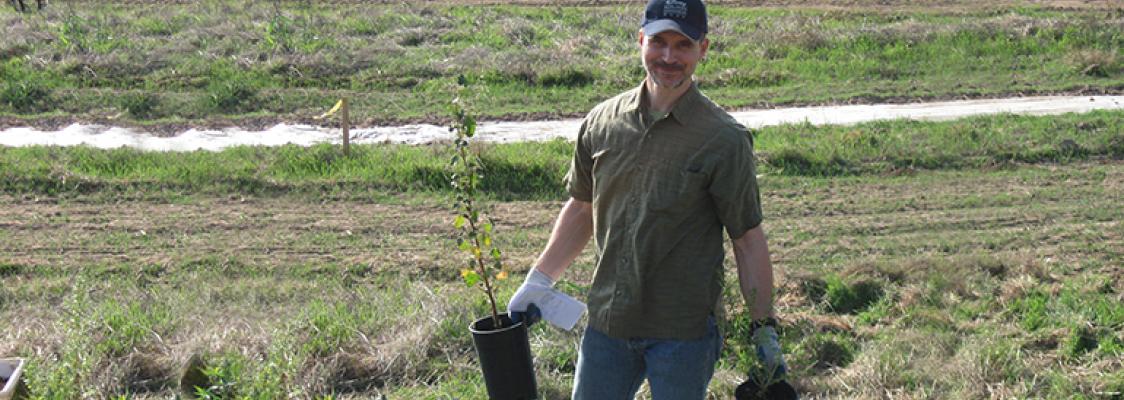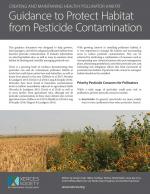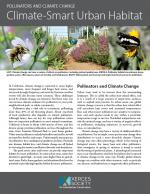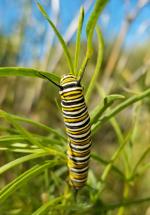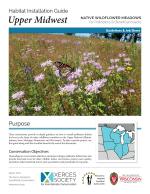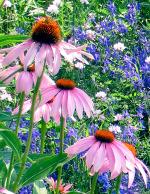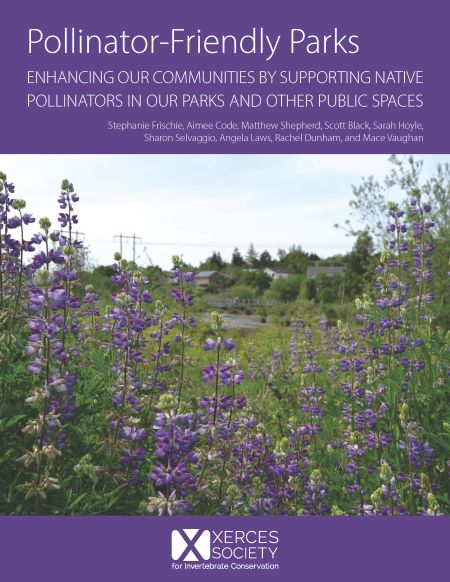At a macro level, the biggest decision when installing new habitat features is whether to use seeds, transplants, or a combination of the two. Depending on this decision, there are a few key considerations.
With transplants, it is useful to stage the plants in the planting area while they are still in their pots. This will help you visualize the spacing and estimate how much they will expand or spread at maturity. Transplanting can be down almost any time of the year as long as the ground can be worked, but it is typically less ideal during prolonged periods of hot, dry, or windy weather. Regardless of when planting occurs however, it is important to adequately water the new transplants. If irrigation is not available, this could mean scheduling plantings to take advantage of seasonal rainfall, or late fall planting in cold climates to allow the plant to settle in over the winter. Mulching around transplants will reduce weed competition and help retain soil moisture.
When installing new habitat with seed, fall is usually the best time of year, although early spring can also work well in many climates. For many wildflowers, this timing gives the seed exposure to cold, wet weather, which can stimulate germination. Small areas can typically be hand-seeded, scattering the seed like chicken-feed. We recommend mixing the seed with a larger volume of sand, peat moss, vermiculite, or similar materials to increase its volume. This will make it easier to evenly distribute the seed over the planting area and to easily gauge whether you are scattering roughly even amounts of the mixture across the entire site. For large areas, (more than 1-acre) specialized equipment such as seed broadcasters or drop seeders may make the job easier. Such equipment will have calibration instructions developed by the manufacturer to maximize effectiveness. For very large sites (more than 5-acres), a tractor and drill seeder or pasture seeder is often the preferred tool. However you plant, most wildflowers germinate best when the seed is scattered on or just below the soil surface, rather than buried deeply. Watering the site after planting (or seeding before rain) will help work seed into the upper surface of the soil and improve germination. Where birds or slugs threaten seeds, they can be protected with lightweight fabric garden row covers.

